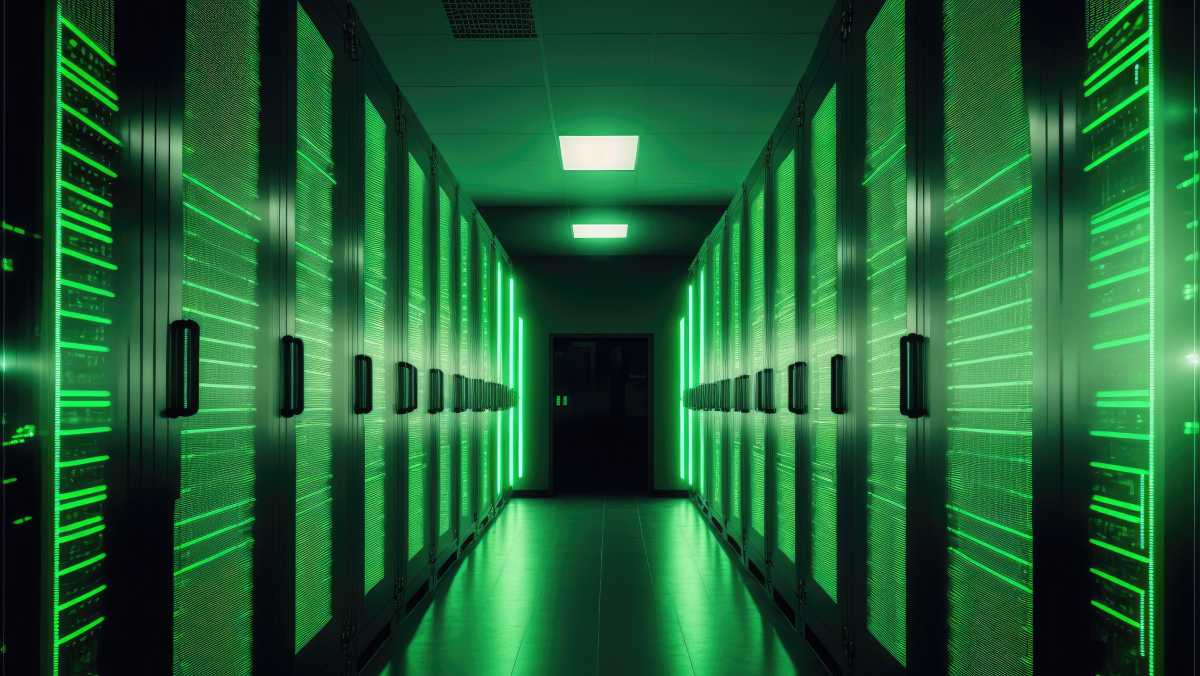What are the biggest obstacles facing the sector when it comes to meeting sustainability goals?
There have been multiple opposing factors regarding data centres and IT infrastructure for the past few decades. The desire is to make more practical use of resources and reduce the environmental footprint of operations, while increasing efficiency and performance. These efforts have resulted in adopting technologies that increase density, utilisation, and efficiency. However, implementing these new technologies has interesting consequences – data centres need to manage increased power and heat, ventilation and air conditioning (HVAC) requirements to provide sufficient cooling.
Green computing products that significantly mitigate and minimise these adverse side effects are crucial to meet environmental goals. Product design must start from a clean slate, with proper component selection and layout that maximises thermal efficiency, thereby reducing cooling costs. Efficient power supply designs and thermal management help meet the requirements of power-hungry processors while still being green by reducing energy consumption.
Another consideration is the negative effect of refresh cycles on the environment. With technology evolving rapidly and applications clamouring for more resources, typical data centre refresh cycles are between three and five years, contributing to huge amounts of e-waste filling up landfills.
How can we reconcile a data centre’s TCO with its cost on the environment?
The total cost of ownership (TCO) should include what we call the TCE, or the ‘Total Cost to the Environment”. TCE is a calculation that factors in costs related to power, e-waste, and the power usage effectiveness (PUE) of the data centre. A TCO calculation is a purely economic calculation, whereas the TCE calculation takes into account the environmental aspects of the creation, use, and disposal of assets, also known as life-cycle management.
How could sustainable operating models increase data centre efficiency and lower their environmental impact?
New types of CPUs and associated products needed for modern data centre needs are constantly being developed. Furthermore, with the development of workload-specific accelerators (i.e. GPUs for AI), processing power can be aimed at the workload at a reduced cost per unit of work. So, rather than just focusing on the CPU or GPU power usage, it is important to look at how specific hardware acceleration can perform work at a lower overall cost to the environment. In addition, using software to manage the servers in a data centre can reduce power consumption by moving workloads to more efficient servers and turning off servers when not needed.
How can we create ‘green’ legacy data centres and future-proof new builds in terms of sustainability?
Working with many large and small enterprises has helped Supermicro be intimately aware of the many challenges that data centre operators face. Data centres are a capital-intensive business, and a ‘rip and replace’ strategy is not something many of the legacy data centres can afford – either from an economic or a business continuity standpoint.
Data centres can extend their equipment usability by using free air cooling and deploying direct-to-chip liquid cooling and immersive liquid cooling. These are options for legacy data centres to test and scale new technologies without business interruption. Extending the refresh cycles of the infrastructure also enables data centre operators to future-proof their capital expenditures while simultaneously contributing to greater efficiency and sustainability.
How can supercomputers be designed to be carbon neutral/negative without a cost to performance?
Thanks to advancements in technology and computer algorithms taking advantage of parallelism, GPUs and other accelerators are becoming more common in supercomputing.
Depending on the region where the clusters are to be deployed, immersive cooling can be used, which enables higher heat transfer performance. Free air cooling and direct-to-chip liquid cooling are other alternatives that can reduce operating expenses by reducing HVAC overhead, bringing PUE close to 1.0.
Besides PUE, the power consumption of the supercomputer itself should be reduced. Heterogeneous computing is definitely one way to improve performance/watt. Advanced system management tools will help monitor system workloads and ensure efficient system utilisation. Sizing and configuring the system will help in reducing power consumption as well. Finally, investment in renewable energy, and renewable energy credits is a must for carbon neutral and carbon negative initiatives.
What has Supermicro’s work on the MN-3 supercomputer taught you about the role of supercomputing in green IT?
Supermicro values working with Preferred Networks to create the world’s most efficient system, which has achieved the top ranking on the Green500 list several times, most recently in November 2021. This joint effort shows that high-performance systems can be designed with innovative components and that the energy costs can be reduced per unit of computation.


